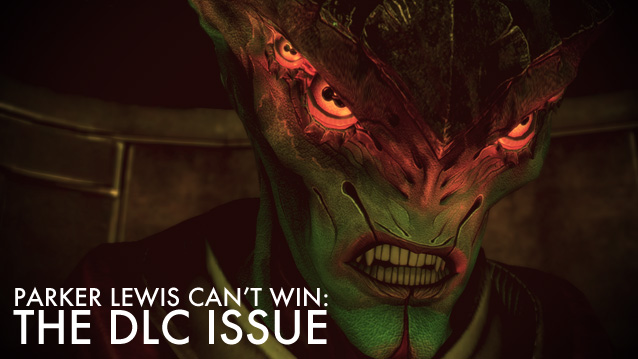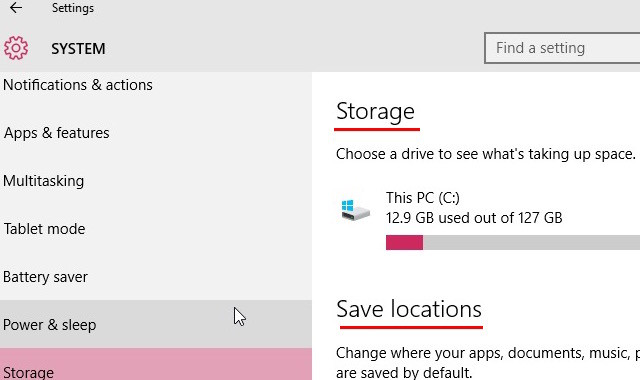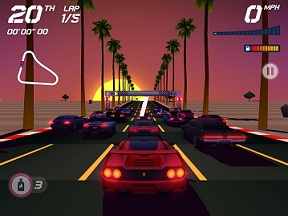

To say Mirror’s Edge is about running and jumping is a bit like saying that Call of Duty 4 is about shooting bullets: about as subtle as a truck in the face and, while undeniably true, missing out the really important things that make it so great. This game is different. How? Well, it’s a first person title that’s not solely focused on guns, for a start. It’s sort of an anti-shooter – it takes the basic shape and feel of an FPS but then ditches the hammering destruction and fury and instead goes all out for elegance and style. But it still does guns pretty well, if you want them.
The premise here is that you’re Faith, resident of an ominously sanitized near-future city. Political corruption and police brutality are masked by the metropolis’ uncompromising Arctic clean lines and an ice-cube skyline of stark white tower blocks. Troublesome elements have been forced underground – among them criminals, free-thinking intellectuals and, apparently, acrobats. Because as one of the city’s covert network of runners, couriering packages of important information away from the heavily monitored regular channels, Faith is impossibly athletic, sure-footed and fast; picking routes over rooftops, scurrying across walls and sliding secretly through the impeccable metropolis almost effortlessly. Sounds easy, right?
But that’s the first thing to make clear: Mirror’s Edge really works. It actually feels like you’re running – or jumping, or shimmying, or skidding. This game’s closest relations, in terms of ideas, are probably Prince of Persia and Tomb Raider, both of which give you an easy time keeping in touch with the position of your character because you can always see them. The crucial thing with Mirror’s Edge’s leap from third to first person is that you maintain that sense of which bits of you are where, thanks to the motion of the screen and the way arms and legs occasionally cross your vision – and therefore you know what to do with them next.
It helps that the controls are so simple. Based on basic up or down commands, they’re context sensitive (it’s OK, this works too), so pressing the “upward movement” button makes you go up for jumps, wall runs, skipping over fences and the “downward movement” button does the opposite: helping you slide under obstacles, nail smooth landings or drop from ledges. There’s other stuff as well – a button to activate the odd switch or key and another to turn 180 degrees – but it’s the intuition of going over or under that lets you get on with the really important thing: going as fast as possible without stopping.




 Murdered: Soul Suspect Wiki – Everything you need to know about the game .
Murdered: Soul Suspect Wiki – Everything you need to know about the game . Fifa 16 / Angry Birds 2 are among the Best Android games 2015
Fifa 16 / Angry Birds 2 are among the Best Android games 2015 The Forgotten Revolution of Fallout
The Forgotten Revolution of Fallout Destiny: The Taken King Guide On List Of All Shaders and How To Obtain Them
Destiny: The Taken King Guide On List Of All Shaders and How To Obtain Them Mad Max: unlock new cars, Death Run, vehicle locations
Mad Max: unlock new cars, Death Run, vehicle locations